Marie
O’Donoghue
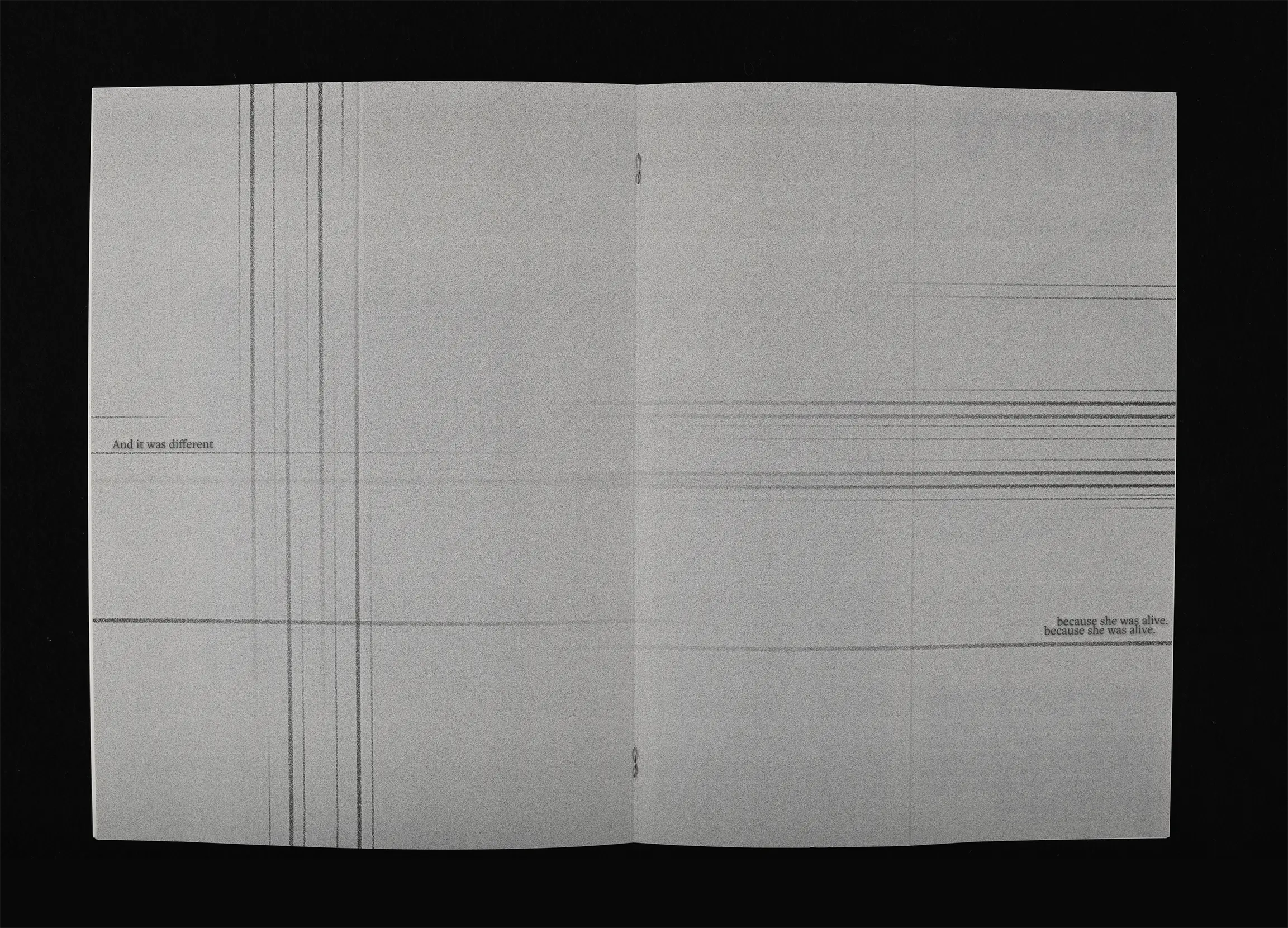
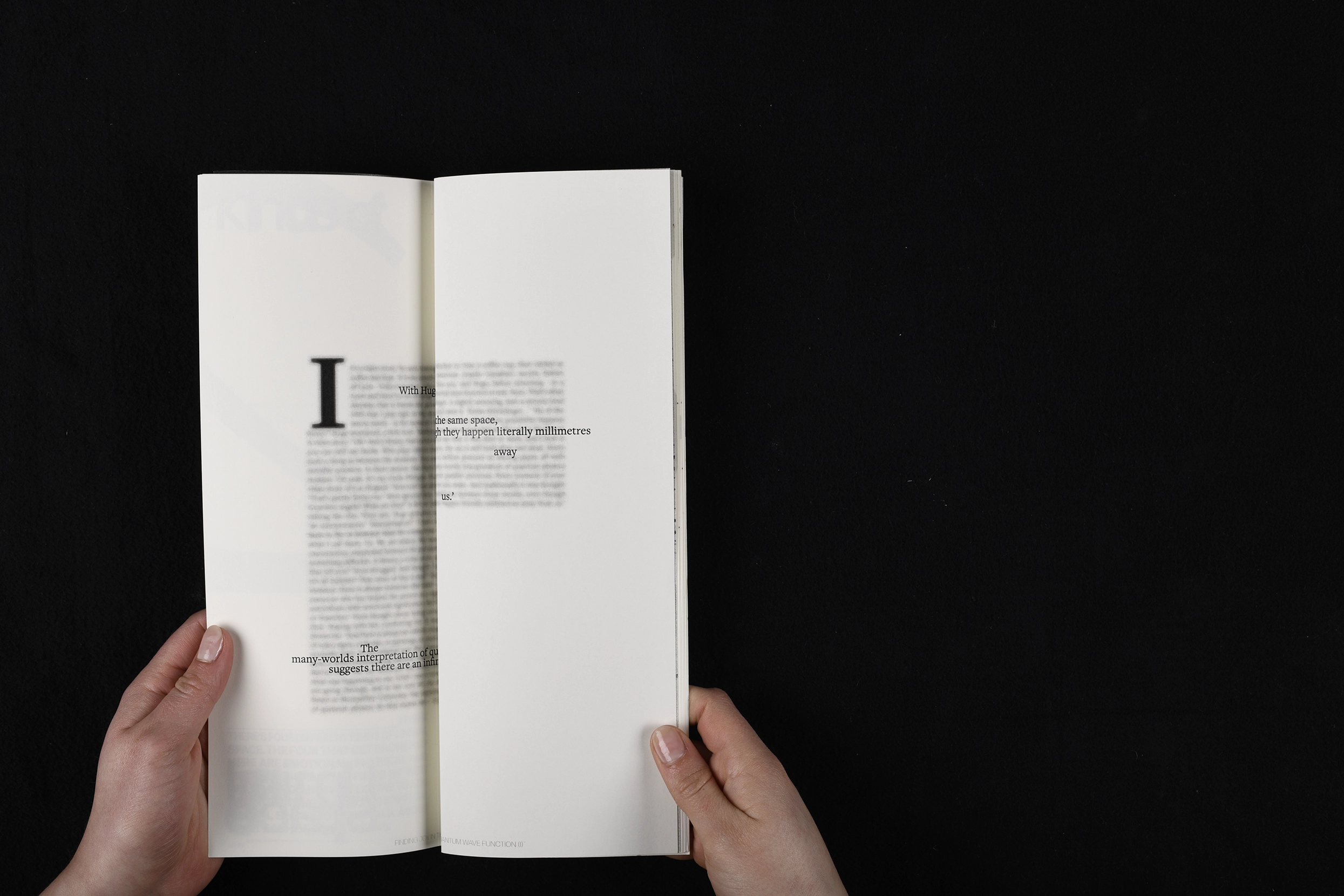
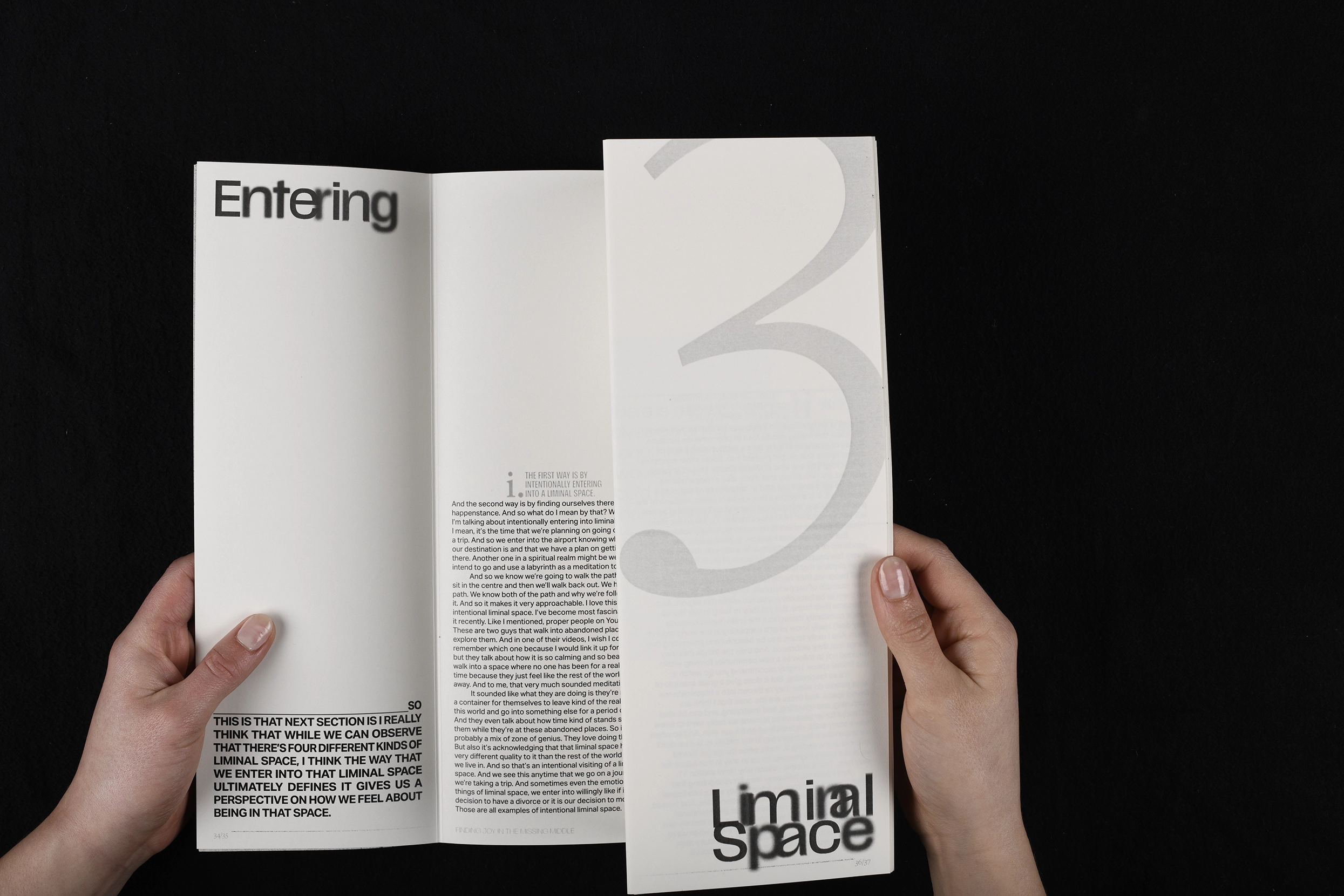
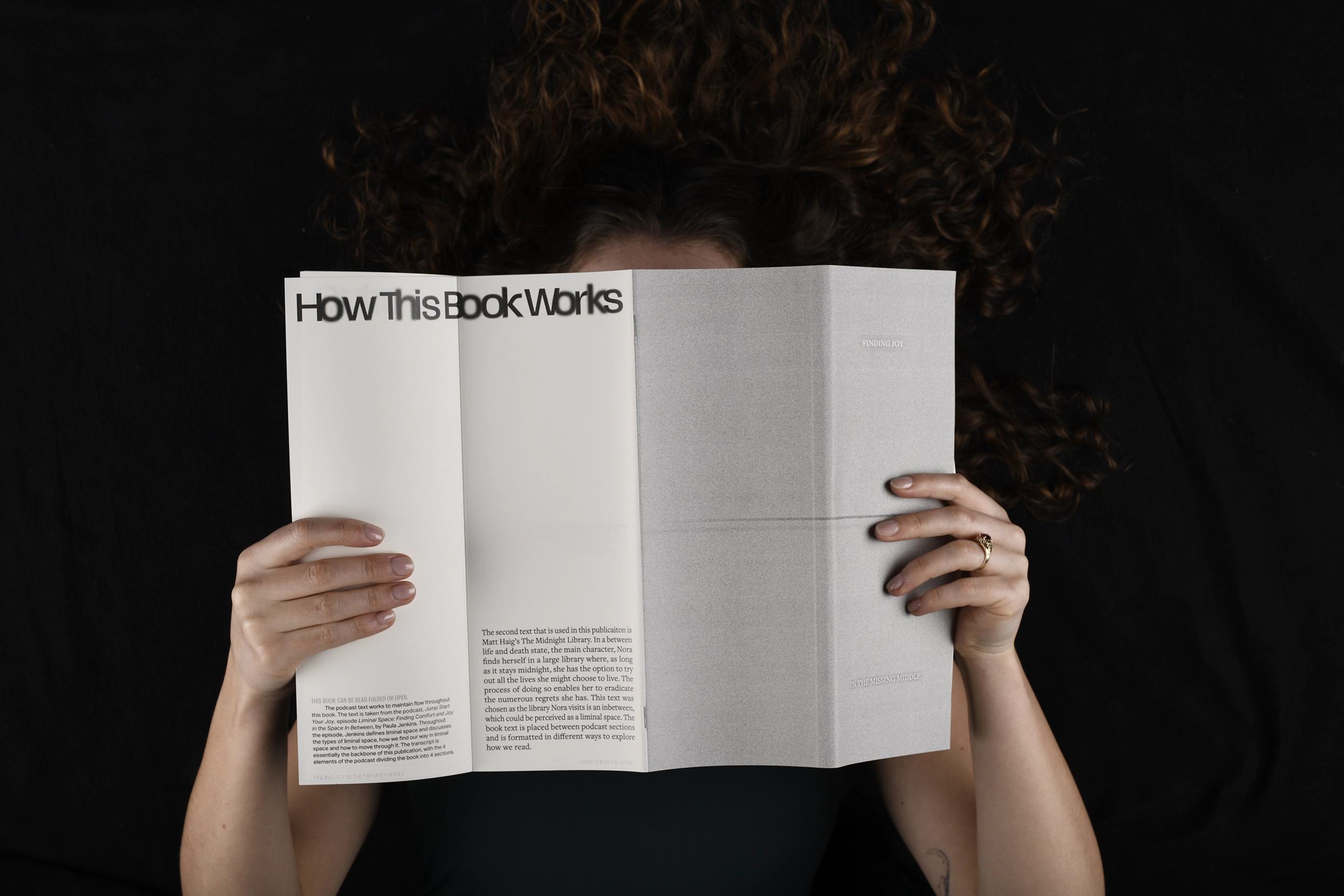
Finding Joy in the Missing Middle
This is a book about liminal space, or the in-between. The purpose of the book is to explore the concept of liminal space through the use of two separate texts. The first text is taken from a podcast, Jump Start Your Joy, episode Finding Comfort and Joy in the Space In Between, by Paula Jenkins. The second text used is Matt Haig’s book, The Midnight Library.
The podcast text is the backbone of the book and is divided into four sections. The book text appears between these sections and is used as an exploratory typographic expression. The Midnight Library explores the in-between of life and death. This works in two ways, with the library being a liminal space as well as the holder of books.
The book is laid out with a triple fold, which can be read folded or opened, creating an interactive experience that reinforces the theme of transition and uncertainty. The structure of the book itself becomes a metaphor for the liminal experience, inviting the reader to engage with shifting perspectives and layered meanings.
The format of the book challenges traditional reading experiences and offering a unique, immersive encounter with the concept of liminality. The design choices – including typography, layout, and format – each contribute to forming a sense of transition, ambiguity, and discovery of the in-between. The target audience includes those who are intrigued by philosophy, psychology, and fascinated with the in-between. These are lateral thinkers who naturally question and explore beyond societal expectations.
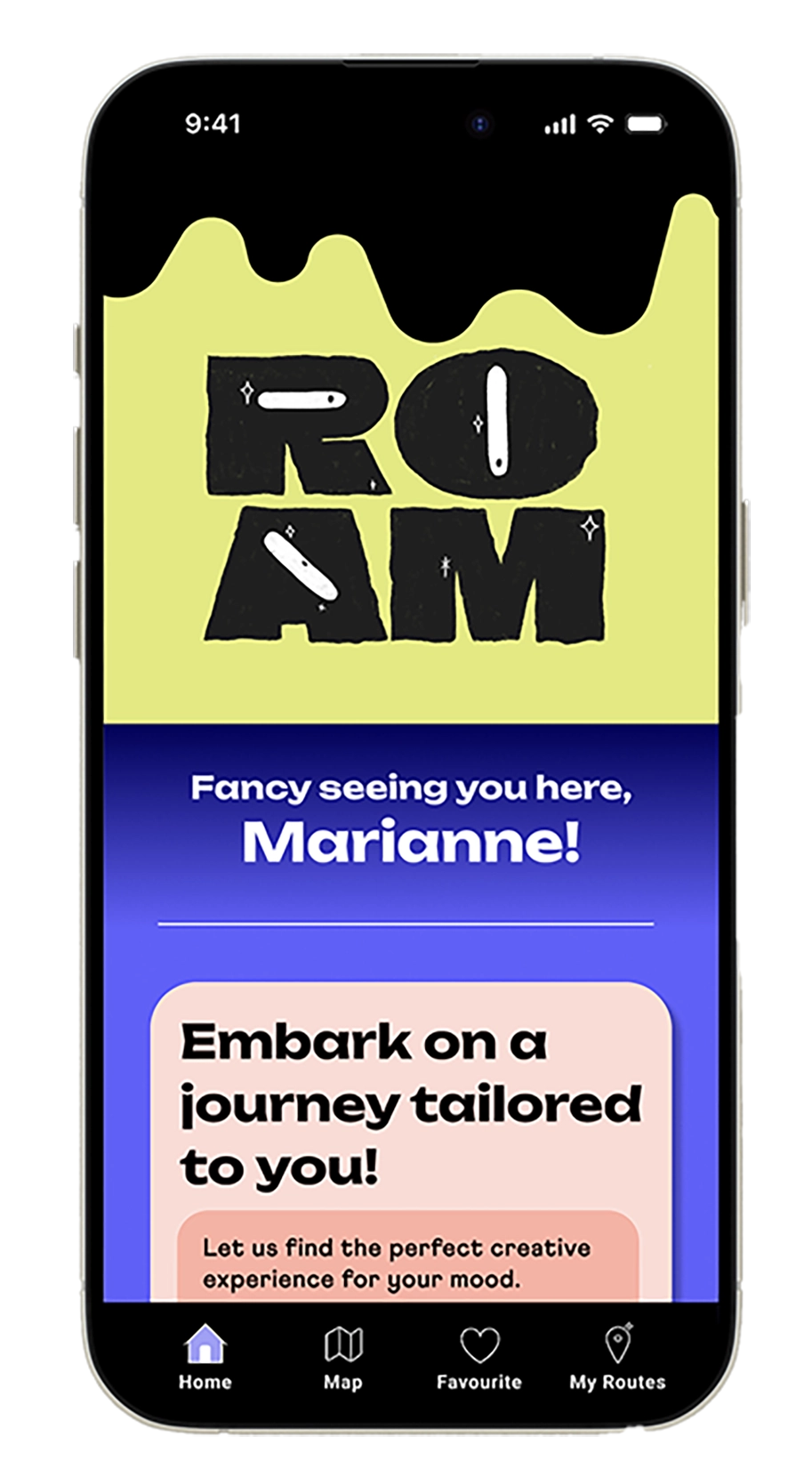
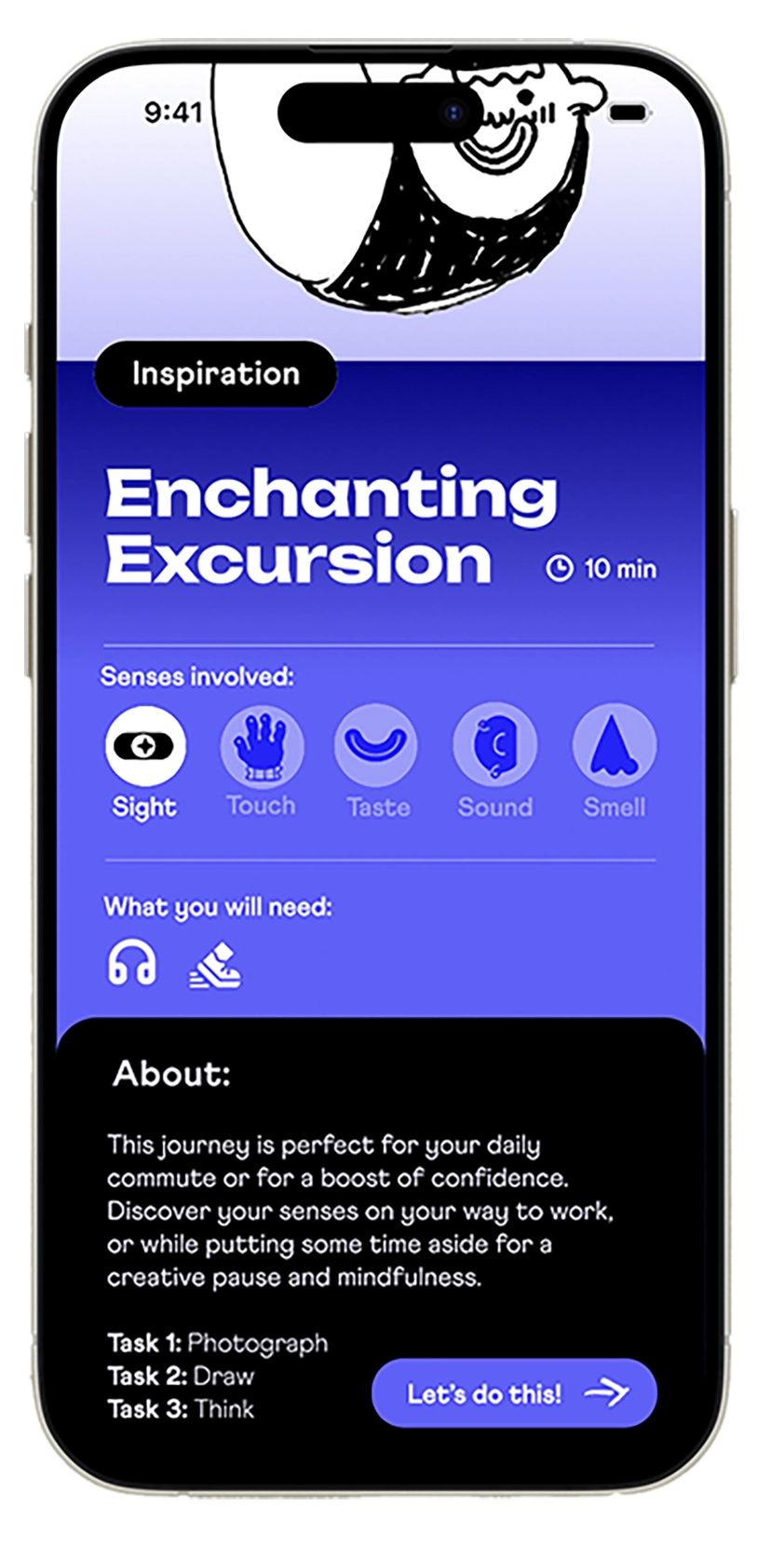
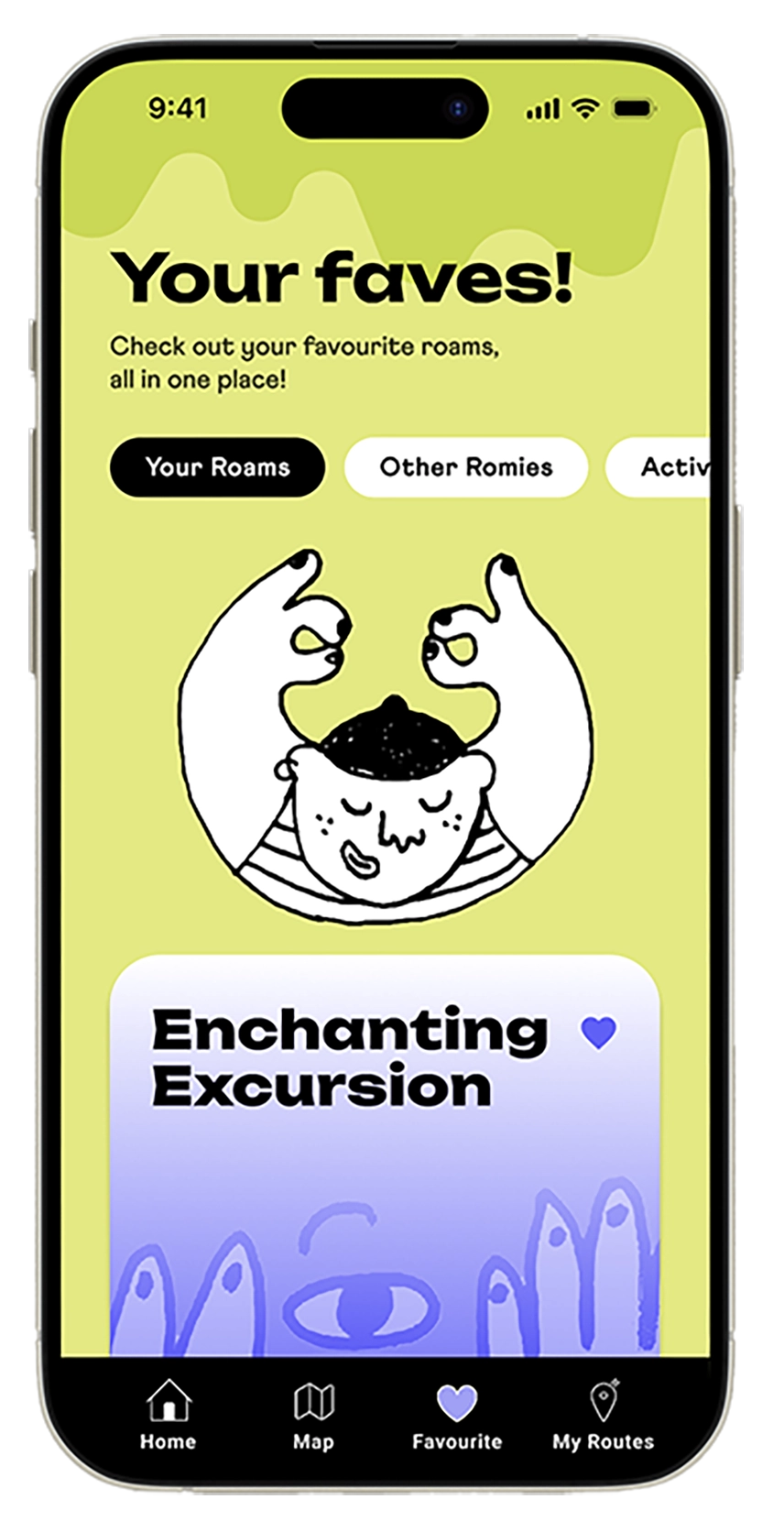
This app was created in a group of three and is designed for individuals seeking new creative stimuli. It is capable of guiding the user through a sensory experience, exploring space with an entirely new perspective. ROAM is intended to be used by people experiencing creative block or simply seeking inspiration, while adapting to the daily needs of the individual. It can be used anywhere and allows the user to create both a virtual and personal space. The app can help users who are seeking pauses to get back in touch with their creative selves.
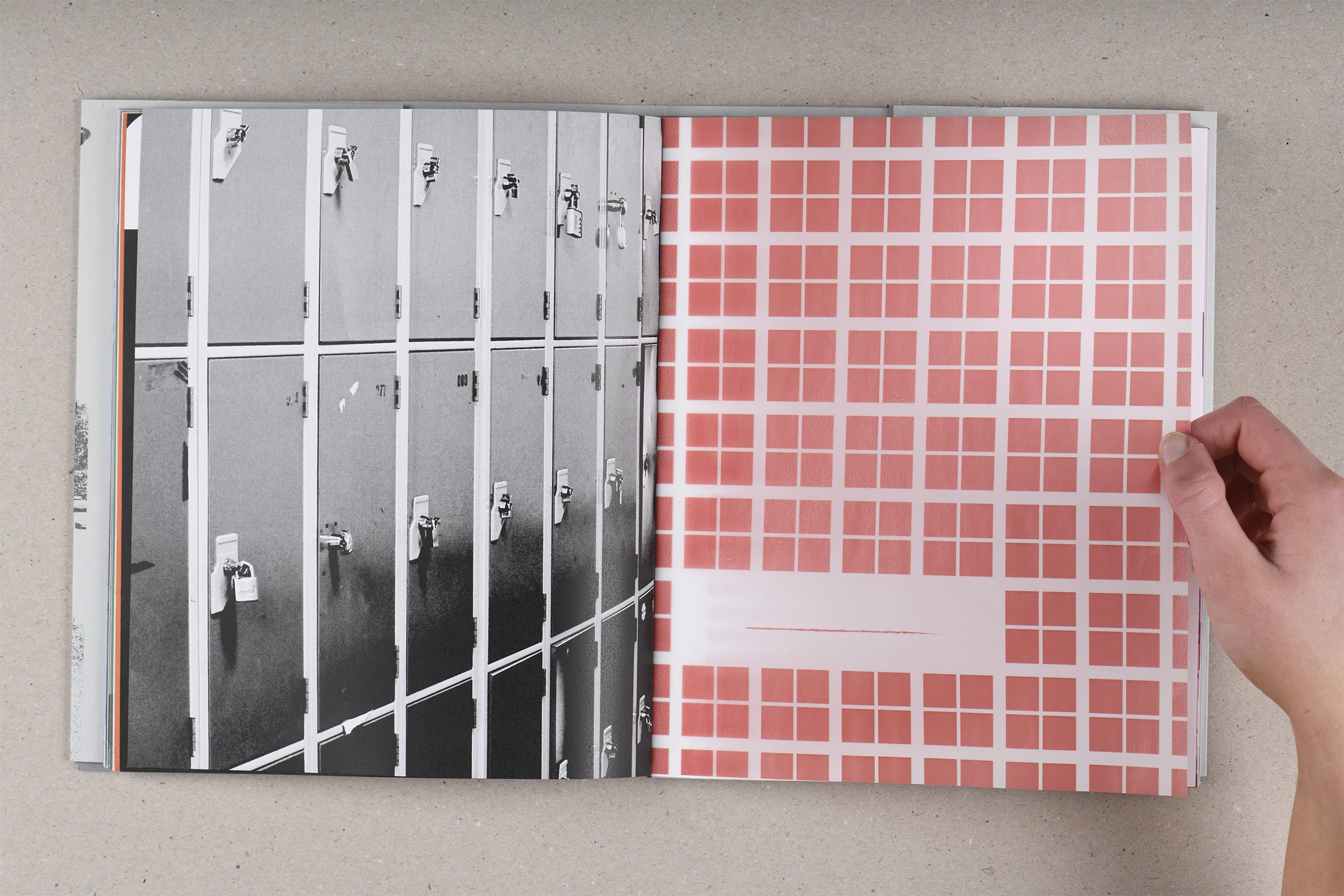
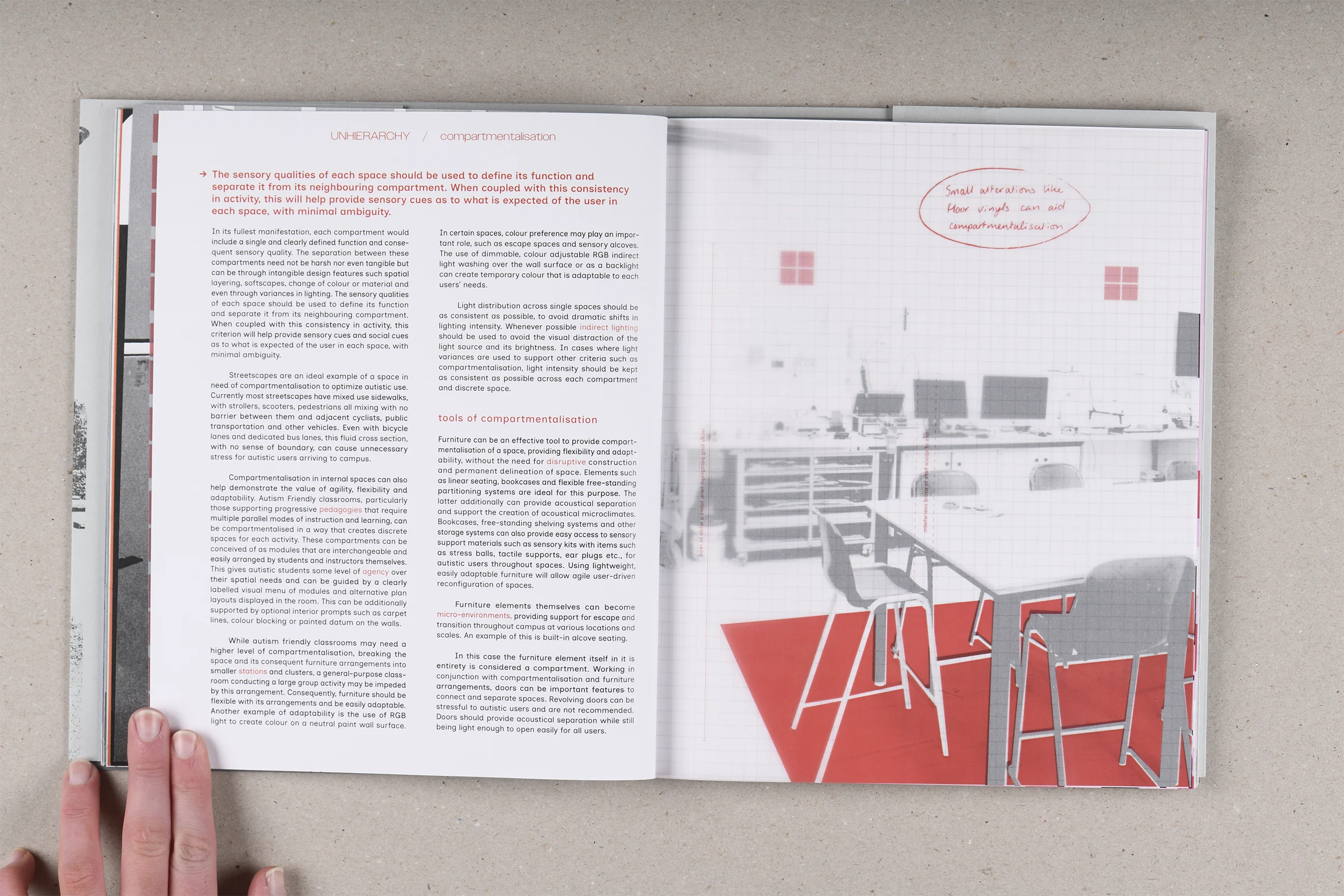
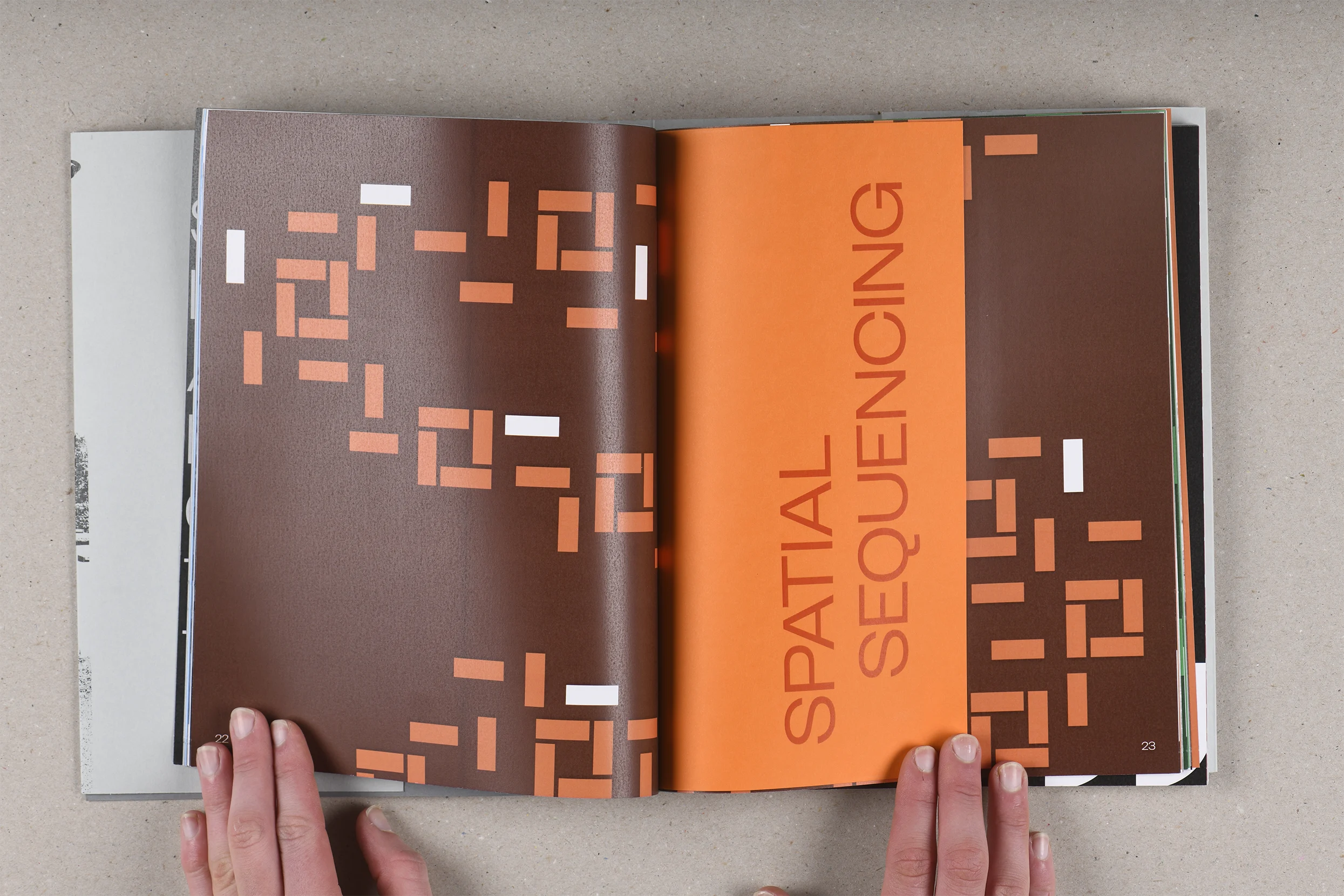
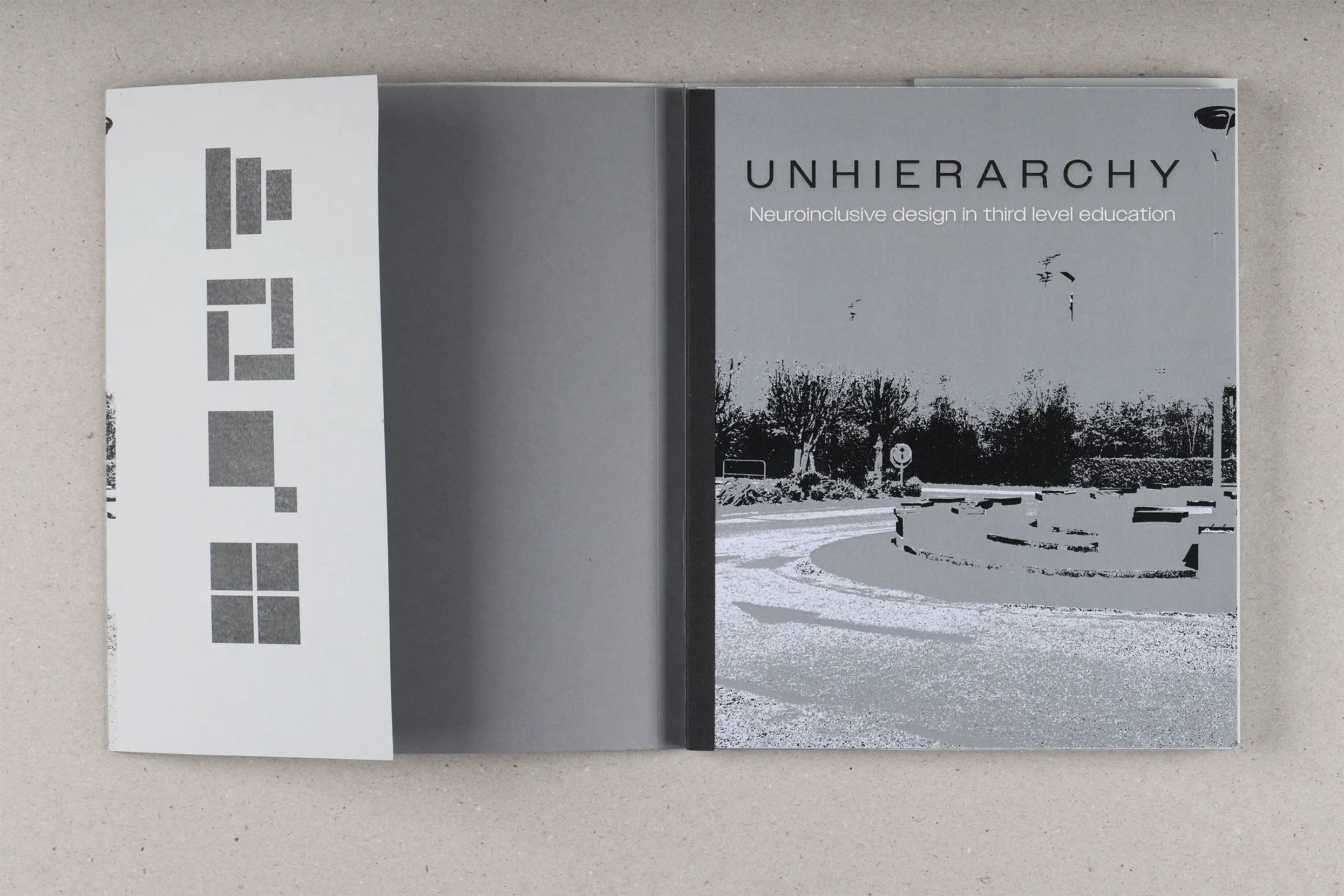
Unhierarchy: Neuroinclusive Design in Third Level Education
Unhierarchy: Neuroinclusive Design in Third Level Education, is a book that would be provided to educators and users of various education settings under the third level education sector.
The built environment refers to ‘…any physical alteration of the natural environment, through construction by humans’. Until recently, the general understanding among designers and researchers alike was that in order to facilitate optimum productivity and comfort for neurodivergent individuals, designated spaces should be carefully crafted to their collective needs. The implementation of such environmental confines has proven beneficial in achieving this, yet in recent years academics have begun to question this thinking, along with the reasons for doing so. It is now widely understood that to promote a more inclusive society, the built environment should be designed with neuroinclusive design principles.
Unhierarchy is a publication that comments on the importance of neuroinclusive spatial design in a third level educational setting. The book uses research taken from academic sources and includes the voice of the designer throughout, adding a personal touch to the otherwise academic source. Throughout the book, tracing paper is used to provide recommendations on how to further current spaces, in line with Magda Mostafa’s ASPECTSS Design Index. The publication presents 8 criteria within which spaces should be considered: Acoustics, Spatial Sequencing, Escape Space, Compartmentalisation, Transition Zones, Sensory Zoning, Safety and Visual Cues.
Rather than giving a ‘one size fits all’ solution, Unhierarchy provides suggestions while maintain that this is an ever-evolving process, where small changes can make huge differences.
